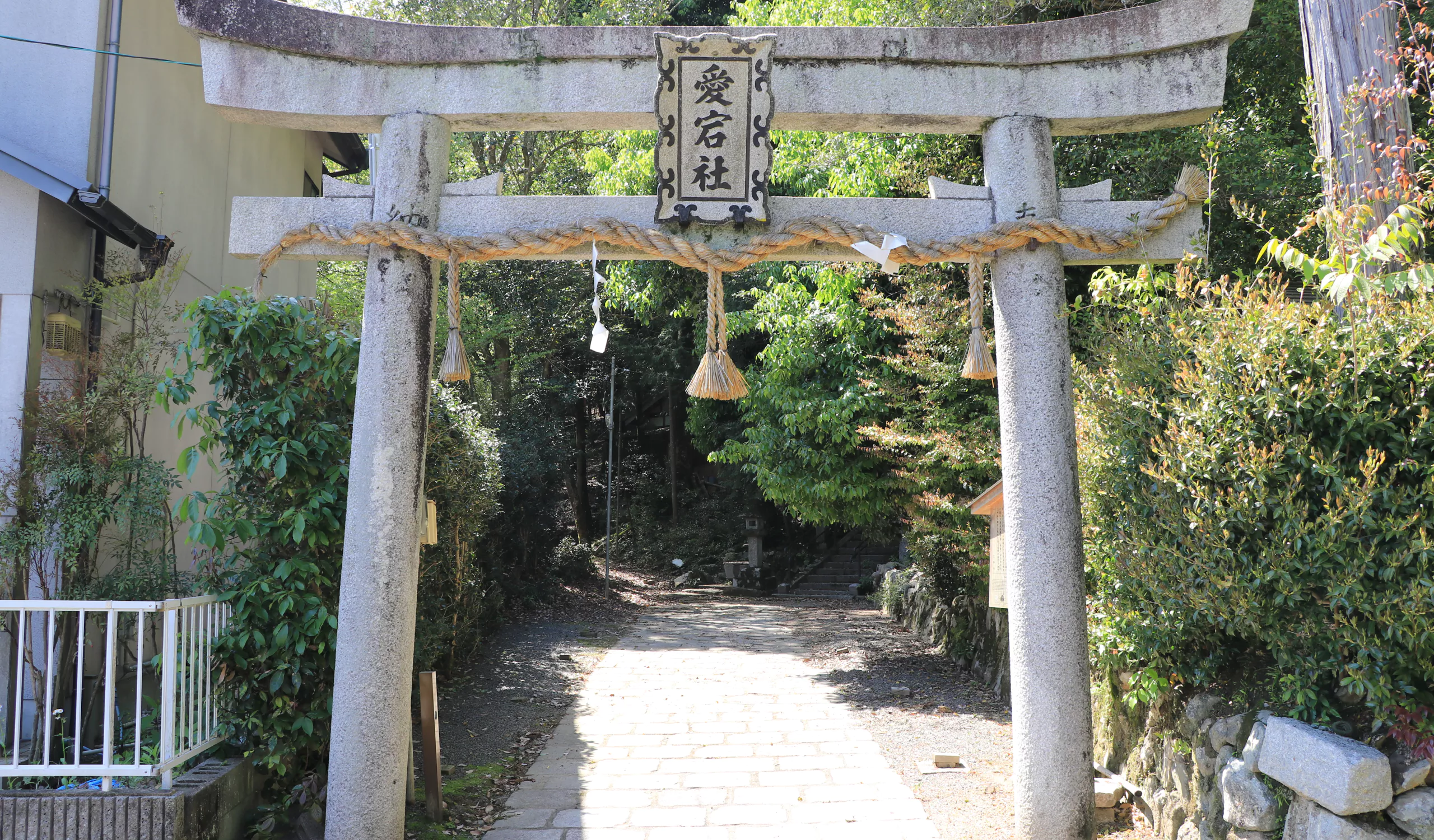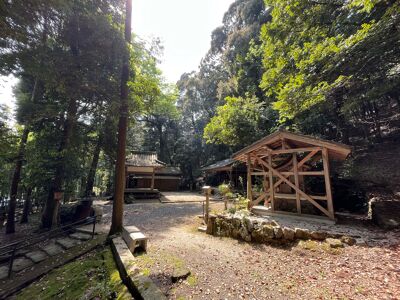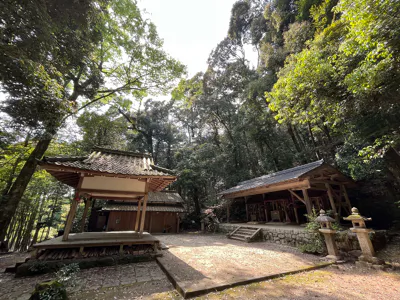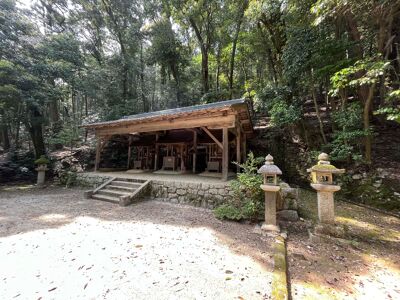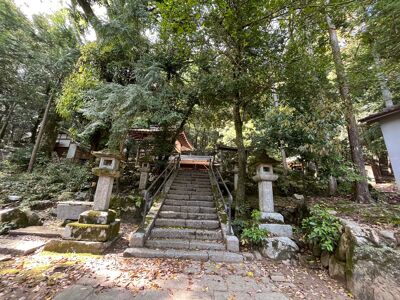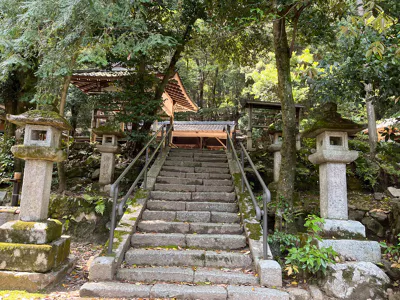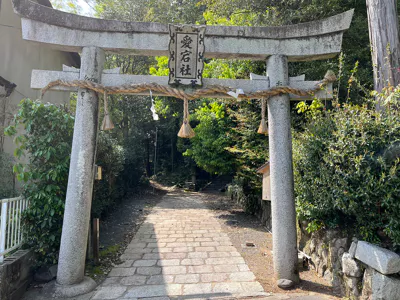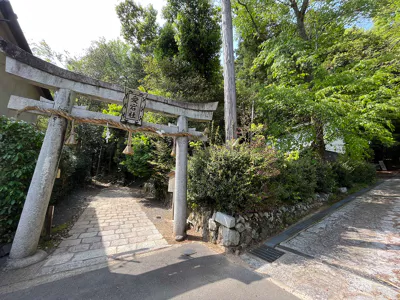Kino Atago Shrine is a Shinto Shrine located in Iwakura-cho、Sakyo
Ward、 Kyoto City, Kyoto Prefecture. Kino Atago Jinja Shrine was
located in Saga Tenryu Ji Temple in Kyoto, and the pottery family,
which had earthenware and the Bakufu (Japanese feudal government
headed by a Shogun), was a place where saga moved from saga in
search of clay of raw materials in 1572.

There are six sub-Shrines at Kino Atago Shrine: 'Atago Shrine,' 'Oku
Shrine,' 'Nonomiya Shrine ', 'Kodaijingu Shrine', 'Inari Shrine' and
'Hachiman Shrine.' Nonomiya Shrine and 'Kodai Jingu Shrine' enShrine
Amaterasu Omikami and their descendants, one of the most important
gods in Japan.

The festival of Kino Atago Shrine is held on October 23 every year.
Lanterns are arranged in the precincts of the night, and lights are
dedicated to the altar. In front of the Shrine, there are more than
30 kinds of offerings such as persimmons, chestnuts, chrysanthemum
and various flowers, red rice with sweet beans and seasonal
vegetables.

Wishing for a bountiful harvest and peace in the region, the priests
of Shimogamo Shrine and Kyogen actors from the Shigeyama troupe
offer prayers, dances, and Shinto chants. After the ritual, the
"Hakama-age" or "Hakama-dressing" ceremony takes place. This is a
coming-of-age ceremony for a boy who has reached the age of 16 that
is designated as an intangible folk cultural asset by Kyoto City.

The area was also once known as the "village of earthenware making."
In 1572, there was a family of potters who lived near Saga Tenryu-ji
Temple in Kyoto and supplied earthenware to the Imperial Court and
the Shogunate. However, due to a shortage of good quality clay, the
family moved to the area around Kino Atago Shrine in search of raw
materials.

From 1926 to 1989, they made earthenware in Kino. These small
unglazed dishes are called "kawarake''. The earthenware was put in
baskets called "kachinkago" and sold in Kyoto. Earthenware was used
as a sacred utensil in imperial court ceremonies and Shinto Shrines.
A kiln used for firing earthenware has been restored in the
precincts of the Shrine.
